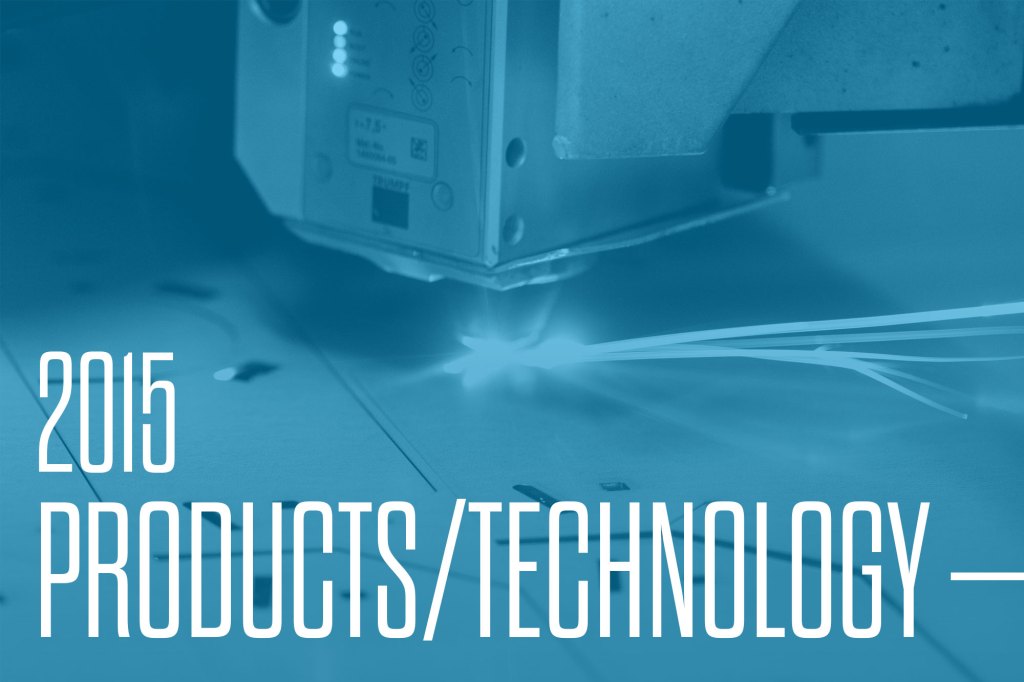If the amount of research and development currently underway in the lighting sector is any indication, the industry is continuing its recovery from the recession loaded with innovation. This year, we explored trends ranging from improved thermal management in luminaires to material innovations that integrate the light source with other building components, as well as our annual look at product development across the industry. See below for our top products and technology stories of 2015.
“The Task at Hand: New Display
Technologies Require a Re-Examination of Office Lighting Strategies” (From Jan/Feb 2015)
The increasingly digital nature of office work,
along with new display technologies and every-more-stringent energy-efficiency
criteria, are requiring changes in the way in which workspaces are illuminated.
The shift has been gradual. In February, we explored how the evolution of
computer screens over the last four decades has caused a parallel shift in what
designers and building occupants alike consider an ideal office lighting plan. Read more.
“New Materials in Solid-State Lighting” (From March/April 2015)
Advances in lighting material technologies are
putting the focus on the light, rather than its source, creating luminaires
that can be integrated with other building components. That possibility has
come about thanks to developments in novel components such as remote phosphors,
moldable silicone optics, gallium nitride substrates, and more. Read more.
“Keeping It Cool with Innovative Heat Sink Designs” (From Sept/Oct 2015)
Heat sinks have come a long way in
form, materiality, and overall performance since the first LED luminaires came
onto the market, lacking effective means of thermal management. Today’s heat
sinks are smaller and more efficient than their predecessors, and in some cases
are made part of the lamp or fixture’s aesthetic. In this article we explore
how that element of the luminaire continues to evolve. Read
more.
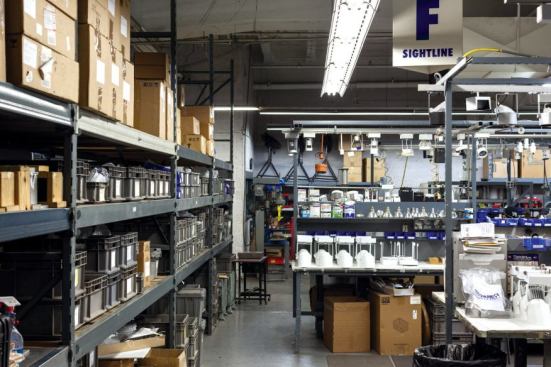
Fran Parente
“Light Manufacturing: Then and Now” (From May/June 2015)
The rise of solid-state lighting technology
(SSL), together with that of digital manufacturing, has changed the competitive
landscape for lighting manufacturers of all sizes. We check in with a handful
of new and legacy manufacturers to see how they’re responding to changes that
require them to be more adept in electronics while also affording new ways to
meet client needs. Read more.

Original photo: Keith Allison via Flickr/Creative Commons
“The Evolution of White Light” (From July/Aug 2015)
New metrics for color-rendering are helping to
improve the quality of LEDs, specifically with regards to producing
uniform white light. Today, manufacturers use a number of metrics and standards to
do just that, while industry research groups are continually finessing them and
developing new ones. Read
more.
“Plugging In to BIM” (From Nov/Dec 2015)
Better integration and compatibility among
software programs, specifically around computing and design modeling, is on
many a lighting designer’s wish list. And while developers are working to
improve integration, many designers say they’d like to see more work—and
faster—done to boost coordination among lighting-design programs and BIM. Read more.
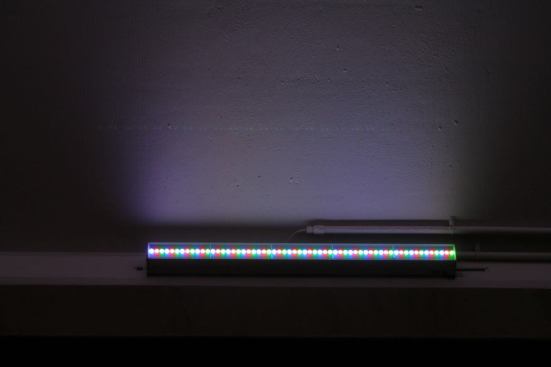
Image courtesy Flickr user Michael Hicks via a Creative Commons license.
“Lighting Manufacturers Share Tips on Specifying
Fixtures for Multi-Year Projects” (From May/June
2015)
Continual evolution of LEDs in lighting coupled
with protracted project timelines has added a measure of uncertainty to the
traditional specification process. As a result, it can be difficult for
designers to know whether a luminaire they specify today will be available—or
even just perform the same—when the project is completed a handful of years
later. We asked manufacturers what they’re doing to help designers manage the
gap. Read more.
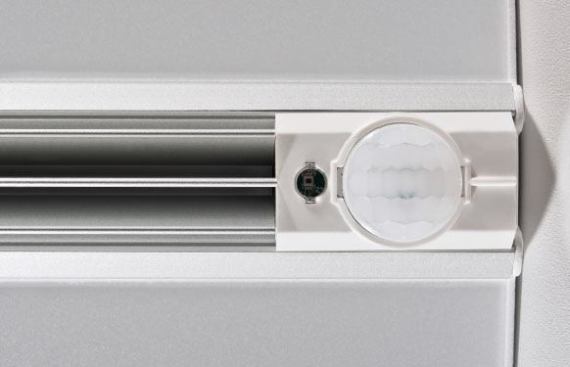
Cree
“Solid-State Lighting Technology Adds New Functions
to LED Luminaires” (From May/June
2015)
The electronic nature of solid-state lighting is
bringing new functionality to conventional luminaires, including the
integration of sensors for occupancy and daylight, video surveillance cameras,
and more. This raises critical questions as to whether the fixtures are solid
like hardware, software, or both, requiring to some extent a re-training among
lighting manufacturer sales reps, as well as more information for both the
client and manufacturer on how the fixtures are protected against tampering in
the field or remotely. Read more.
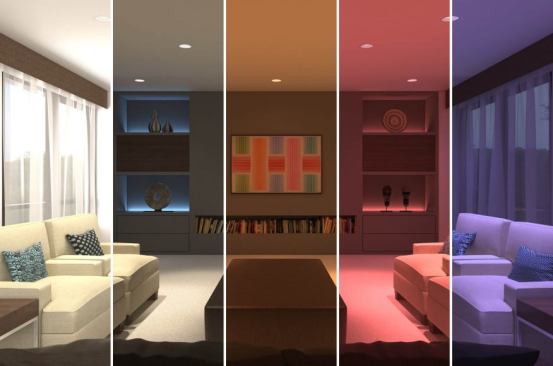
USAI Lighting
“Color Tunability Joins Manufacturers’ Product
Offering” (From May/June
2015)
New luminaires make use of solid-state lighting’s
color-tuning capabilities, giving specifiers more control over how they light a
space and suggesting a future where such functionality is the norm. Read more.

Philips
“Smart Lamps Join Lighting Manufacturers’ Product
Portfolios” (From May/June
2015)
Most leading lighting manufacturers offer
Internet-connected replacement lamps as well as large-scale systems, and say
they hope consumer familiarity with the former will breed commercial interest
in the latter. Read more.
“2015 Products Issue” (From May/June
2015)
From the nearly 400 products submitted to our
Annual Product Issue, the following luminaires and components evidence the
continual evolution in solid-state lighting as the industry addresses technical
concerns including controls, color, dimming, and flicker. Read more.
